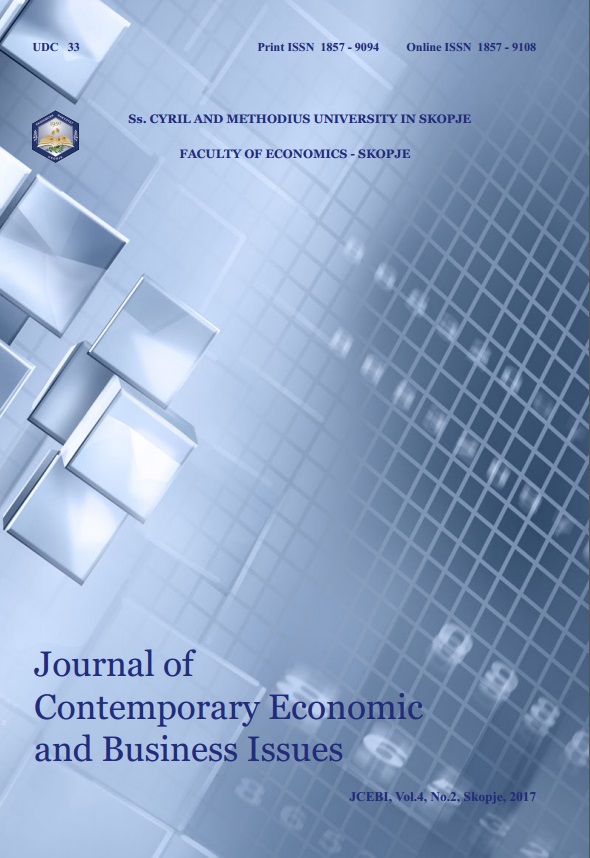Analysis of Sectors on Nigeria Stock Market: Evidence from Correlation, Serial Correlation, and Heteroscedasticity
Analysis of Sectors on Nigeria Stock Market: Evidence from Correlation, Serial Correlation, and Heteroscedasticity
Author(s): Emenike Kalu O.Subject(s): National Economy, Financial Markets
Published by: Економски факултет - Скопје, Универзитет „Св.Кирил и Методиј“
Keywords: stock market sectors; correlation; serial correlation; heteroscedasticity; ARCH model; Nigeria
Summary/Abstract: The objective of this paper is to evaluate the behaviour of Nigerian Stock Exchange (NSE) sector indices. Specifically, the paper analyzes the returns correlation, serial correlation and heteroscedasticity on the NSE All-share Index, Banking Index, Consumer Goods Index, Oil & Gas Index, NSE 30 Index, Insurance Index, Industrial Goods Index, Pension Index, and Alternative Securities Market Index, using daily returns ranging from 02 July 2008 to 31 December 2015. The study employs descriptive statistics, autocorrelation function (ACF) and Ljung-Box Q (LB-Q) statistics, as well as the autoregressive conditional heteroscedasticity Lagrange multiplier (ARCHLM) techniques in conducting the empirical analysis. Descriptive statistics obtained from the NSE sector returns show negative skewness, leptokurtosis, and non-normal distribution. Estimates from the ACF and LB-Q statistics indicate evidence of serial correlation in majority of the sectors’ returns. Furthermore, estimates from the ARCHLM model provide evidence of heteroscedasticity in most of the sectors’ returns. Overall results from the study suggest that the returns of NSE sectors are serially correlated and heteroscedastic. There is therefore the need to model the volatility of these sectors to increase understanding of their behaviour.
Journal: Journal оf Contemporary Economic аnd Business Issues
- Issue Year: 4/2017
- Issue No: 2
- Page Range: 21-36
- Page Count: 16
- Language: English

